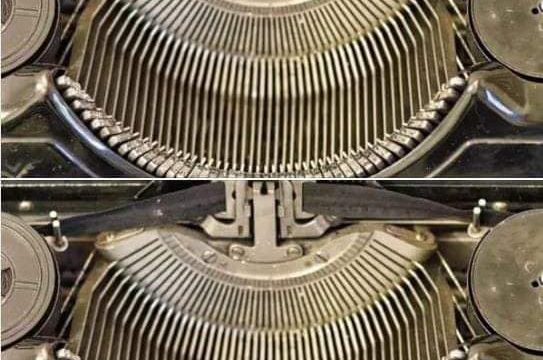
Have you ever noticed those odd little glass or porcelain items perched on top of telephone poles? At first glance, they might look like decorative knickknacks or remnants from a bygone era, but they’re far more significant than they appear. These objects are called insulators, and they’ve played a crucial role in the history of communication and electrical transmission.
Insulators serve one key function: they prevent electrical current from leaking out of cables and making unwanted contact with the wooden pole or the ground. Without insulators, all the energy traveling through the lines—whether it’s carrying electricity or a phone call—would be lost. Imagine trying to make a long-distance call, only to have your voice fade into thin air a few hundred feet down the line. Thanks to insulators, this isn’t something we have to worry about.
These tiny protectors come in a variety of shapes, sizes, and colors. While most are made of glass or porcelain, early versions were crafted from wood, rubber, or even animal parts. Each material had its day, but porcelain and glass proved the most effective and durable. Size also matters: smaller insulators are used for telephone and telegraph lines, while larger ones are needed for high-voltage power lines. It’s kind of like having VIP sections based on voltage—bigger energy, bigger insulator.
The reason for the size variation has everything to do with electricity’s unpredictable nature. As voltage increases, so does the risk of what’s called a “flashover,” where electricity arcs from one point to another. Larger insulators with wide, umbrella-like shapes help prevent this by giving the electricity nowhere to go but forward. Think of them as the nightclub bouncers of the utility world—keeping the wires in check and preventing any shocking outbursts.
Though their utility function is impressive, insulators have developed an unexpected following: collectors. Believe it or not, collecting glass and porcelain insulators has become a legitimate hobby. It gained popularity in the 1960s when utility companies started burying electrical and telephone lines underground. As these poles came down, many of the now-obsolete insulators were discarded—only to be scooped up by hobbyists who saw their beauty and historical value.
Insulator collectors come from all walks of life. Some are drawn to the colorful beauty of the glass, placing them on windowsills or in gardens to catch the sunlight. Others get into it for the historical aspect, searching for specific makes, colors, or markings. The range of insulators is huge—some are common and can be picked up at flea markets for under a dollar, while others are incredibly rare and can sell for thousands. A rare color, an unusual shape, or a limited production run can all make a huge difference in value.
What makes these collectibles especially intriguing is their age. Most collectible insulators are between 70 and 145 years old, with some no longer being manufactured since the early 1900s. Like many discontinued items from the past, their scarcity and craftsmanship only increase their appeal. They represent a physical piece of technological history—a time before fiber optics, cell towers, and wireless everything.
And while many people overlook them today, insulators were once essential to the advancement of global communication. Every phone call, every telegraph message, every electrical signal passed over miles of lines was safeguarded by these small but mighty devices. Without them, we might not have enjoyed the rapid communication growth that defined the 20th century.
So, the next time you’re walking through an older part of town and spot one of those glassy or porcelain caps on a utility pole, take a second to appreciate it. That little piece of material once helped power cities and connect voices across thousands of miles. It might look outdated now, but its importance can’t be overstated.
Who knows—you might even find yourself inspired to start collecting. Whether you’re in it for the history, the art, or the thrill of the hunt, insulators offer a unique glimpse into a time when even the smallest items played a big part in shaping our world. So keep your eyes peeled at antique shops and flea markets. That unassuming piece of glass might just be a historic gem waiting to be rediscovered.





